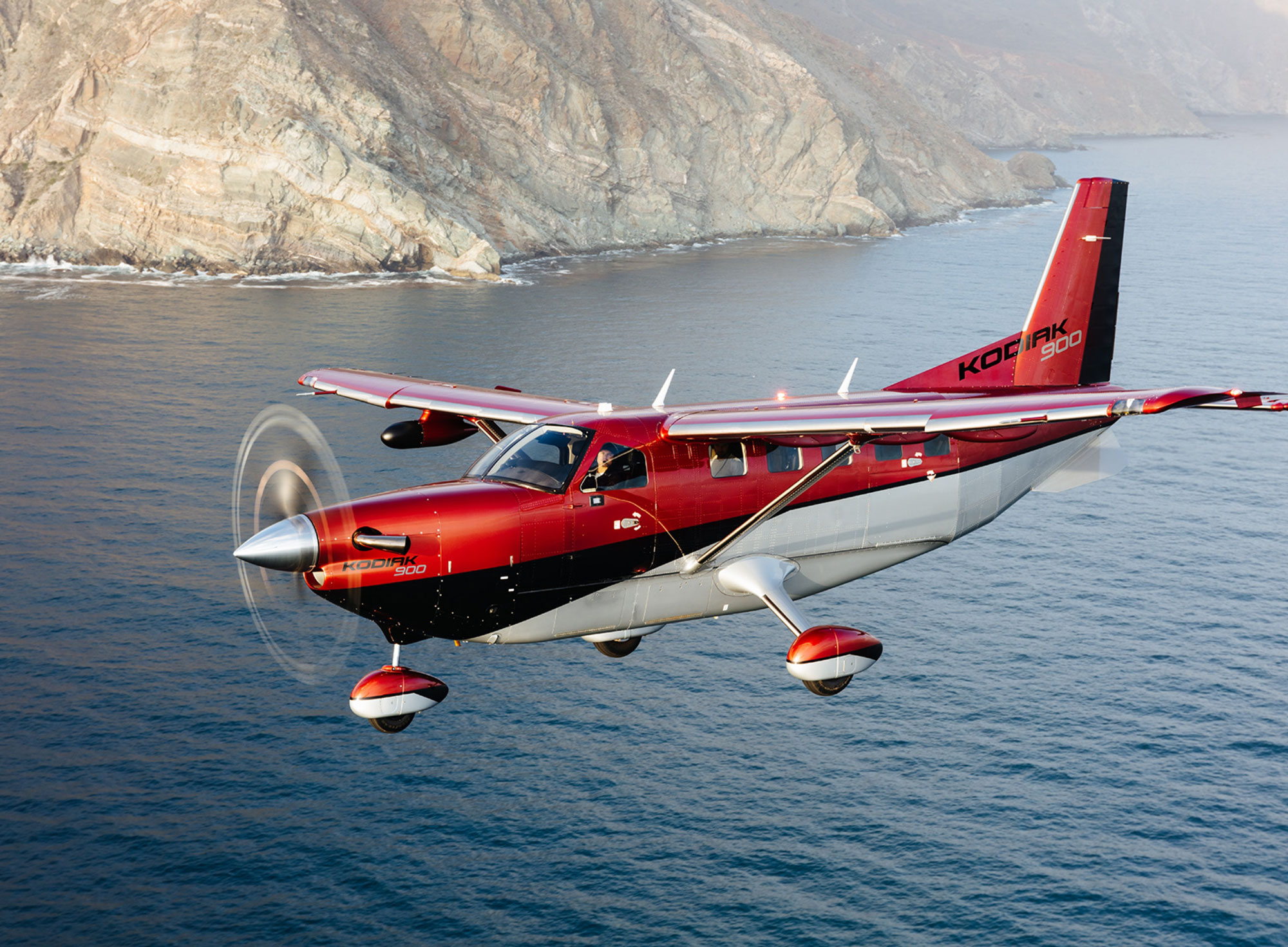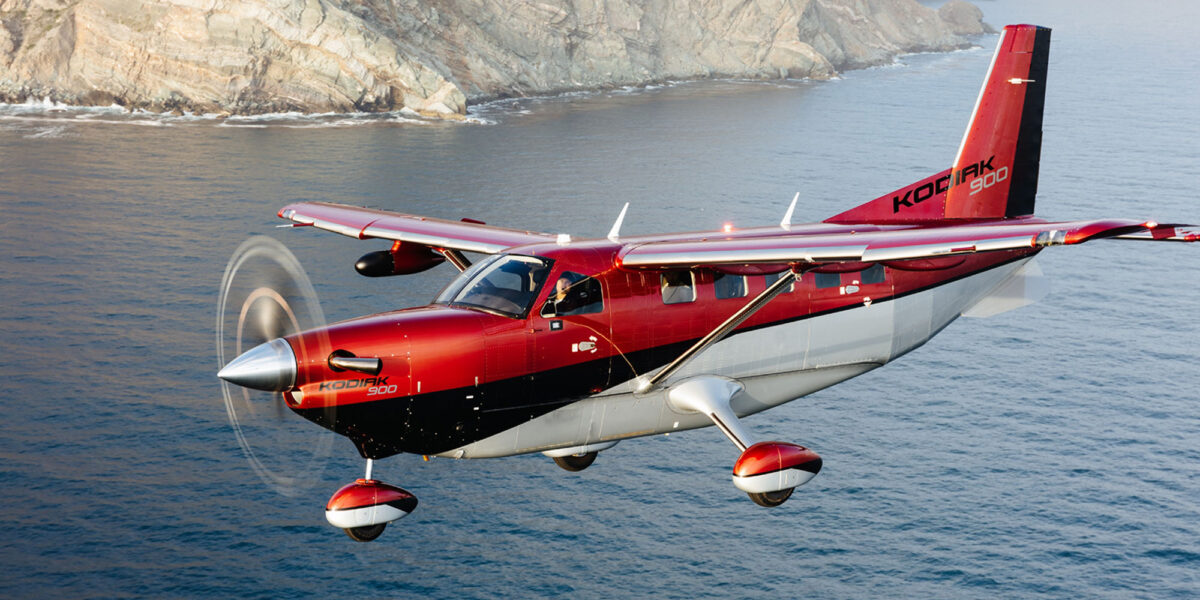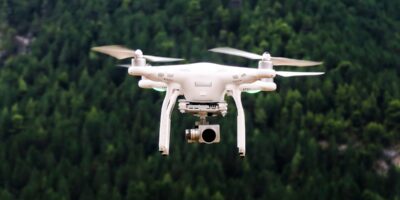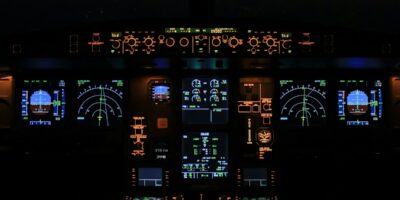What is the Best Fighter Jet in the World?
The question of the best fighter jet globally is complex and subjective, influenced by mission requirements, technological capabilities, and geopolitical considerations. To understand this, let’s explore a few contenders that dominate the skies today.

F-22 Raptor
The F-22 Raptor is a fifth-generation fighter jet developed by Lockheed Martin for the United States Air Force. Its stealth, agility, and advanced avionics set a high standard in modern aerial combat. Equipped with powerful twin engines, the F-22 can achieve speeds up to Mach 2.25 and supercruise at Mach 1.82 without afterburners. Its radar-evading materials and design make it nearly invisible on enemy radar systems.
Besides its air superiority role, the F-22 boasts ground attack capabilities, electronic warfare, and intelligence gathering. The AN/APG-77 radar system provides detailed situational awareness, enhancing its combat effectiveness. While production ended in 2011, the F-22 remains a pivotal asset in the U.S. military arsenal.
Sukhoi Su-57
Russia’s answer to the F-22, the Sukhoi Su-57, is another fifth-generation fighter jet. Its multifunctionality allows it to perform air superiority, ground attack, and reconnaissance missions. With a top speed exceeding Mach 2 and advanced stealth features, the Su-57 is designed to compete with Western adversaries. The aircraft incorporates innovative technologies such as an active phased array radar and data fusion capabilities. Its weapon bays can carry a versatile payload, including advanced air-to-air and air-to-surface missiles.
Despite facing production delays and development challenges, the Su-57 remains a significant symbol of Russian military advancement.
F-35 Lightning II
The F-35 Lightning II, a family of single-engine stealth multirole fighters, is another product of Lockheed Martin. The F-35 comes in three variants: the conventional takeoff and landing (CTOL) F-35A, the short takeoff and vertical landing (STOVL) F-35B, and the carrier-based F-35C. This versatility caters to different branches of the U.S. military and allied forces.
The F-35 integrates cutting-edge technology with a focus on network-centric warfare. Its advanced sensor suite, including the AN/APG-81 AESA radar and Distributed Aperture System (DAS), offers pilots unparalleled situational awareness. Capable of achieving speeds up to Mach 1.6, the F-35’s stealth and electronic warfare capabilities make it a formidable opponent in modern conflict. The aircraft’s versatility and international adoption underscore its significance in current and future combat scenarios.
Eurofighter Typhoon
The Eurofighter Typhoon is a result of a collaborative effort between the UK, Germany, Italy, and Spain. This highly agile, multirole fighter excels in both air-to-air and air-to-ground combat. The Typhoon features a delta wing design and powerful twin engines, allowing speeds over Mach 2.
Its avionics and sensor systems, including the CAPTOR radar, provide excellent tracking and targeting capabilities. The Typhoon’s payload versatility, with a mix of air-to-air missiles, air-to-ground weapons, and precision-guided munitions, makes it a jack-of-all-trades in various combat scenarios. The continuous updates and enhancements ensure that the Typhoon remains competitive in the evolving landscape of aerial warfare.
Chengdu J-20
China developed the Chengdu J-20 as its first stealth fighter jet, representing a significant technological leap. The twin-engine aircraft is designed for air superiority and strike missions. With a maximum speed of approximately Mach 2 and extensive stealth features, the J-20 aims to compete with Western fifth-generation fighters.
The J-20’s avionics suite includes advanced radar and sensor integration, augmented by data links for enhanced situational awareness. Its internal weapon bays reduce radar cross-section, allowing it to carry a variety of missiles, including PL-12 and PL-15 long-range air-to-air missiles. As China continues to enhance its defense capabilities, the J-20 remains pivotal to its modern air force strategy.
Dassault Rafale
The French Dassault Rafale is another fourth-generation plus multirole fighter jet, renowned for its agility and versatility. Capable of speeds up to Mach 1.8, the Rafale is equipped to handle air superiority, reconnaissance, and nuclear strike missions.
Its advanced avionics include the RBE2-AA AESA radar, providing superior target detection and tracking. The Rafale’s weapon systems are highly adaptable, supporting a wide range of ordnance from air-to-air missiles to precision-guided bombs. Its robust design allows it to operate from both aircraft carriers and land bases. France and several other countries rely on the Rafale for their air defense needs, reflecting its global impact.
Boeing F/A-18E/F Super Hornet
The F/A-18E/F Super Hornet, manufactured by Boeing, is a twin-engine multirole fighter used extensively by the U.S. Navy. Its high reliability and ease of maintenance make it a mainstay on aircraft carriers. Capable of speeds over Mach 1.8, the Super Hornet excels in both air combat and strike missions.
With an advanced avionics suite, including the APG-79 AESA radar and upgraded cockpit displays, the Super Hornet delivers exceptional situational awareness. Its versatile payload options and extensive upgrade programs sustain its relevance in modern naval operations. The aircraft’s adaptability and proven combat performance solidify its status as a top-tier fighter jet.
Saab JAS 39 Gripen
The Swedish Saab JAS 39 Gripen is a lightweight, single-engine multirole fighter known for its cost-effectiveness and agility. Capable of speeds up to Mach 2, the Gripen performs air-to-air, air-to-ground, and reconnaissance missions efficiently.
Its advanced avionics, featuring the PS-05/A radar and digital datalink, provide robust situational awareness and targeting precision. The Gripen’s emphasis on reduced operational costs and ease of maintenance makes it attractive to smaller air forces. Its ability to integrate a wide range of weapons and sensors ensures it can adapt to evolving combat environments.




Subscribe for Updates
Get the latest articles delivered to your inbox.
We respect your privacy. Unsubscribe anytime.